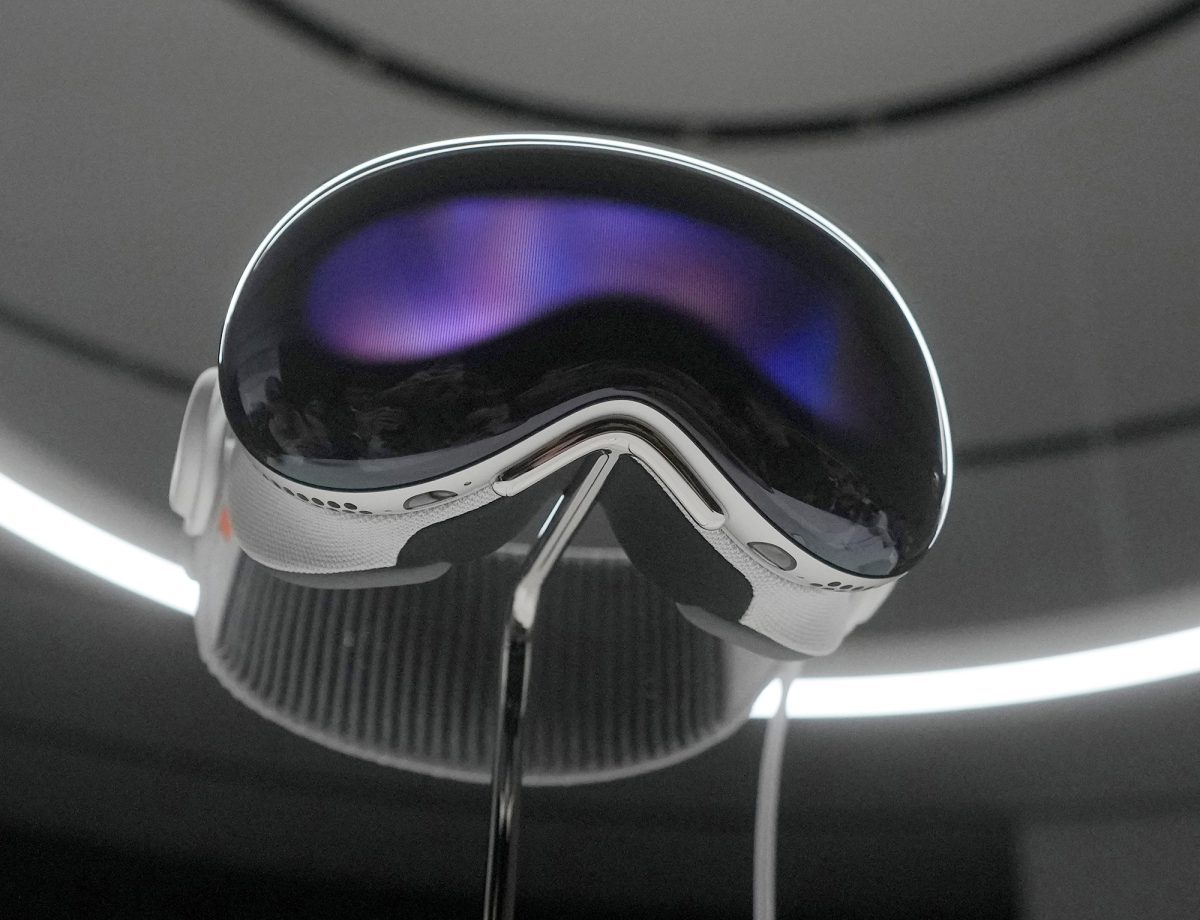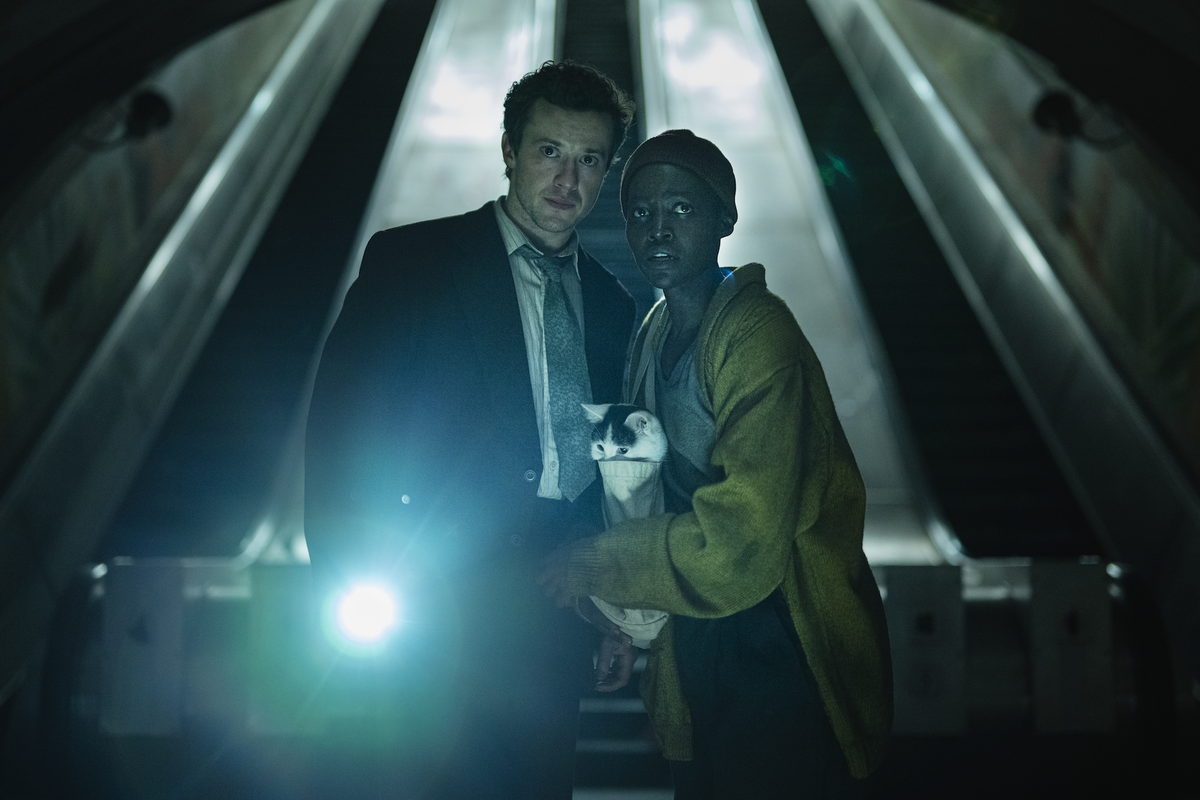Apple’s new mixed-reality headset promises to push the world of consumer tech into the future, but when push comes to shove, is their newfangled gizmo worth the pretty penny?
Apple is notorious for creating and implementing “old” technology and praising it as the pinnacle of modern engineering; their most recent example of this is with the advent of USB-C in the new iPhone 15, even though smartphones and computers have been using them for years.
Now, they’re finally breaking into the VR/AR landscape, and this time they’ve chosen to reject any previously established titles for this field and are referring to this tech as “spatial computing.”
The new headset was released on Feb. 2, but many people, however, are concerned over having to pay the steep premium of $3,500 for just the 256GB base model. In contrast, Meta’s latest consumer headset, the Meta Quest 3, can be purchased with 512GB for just $650.
Despite Apple’s sales techniques, the Vision Pro does boast some cutting-edge bells and whistles that few other headsets can’t offer. The high-quality glass panel on the front protects a vast array of cameras and sensors that allow for a crisp, clear, real-time view of the world around the user while still being fully immersed in work, entertainment, or whatever experience visionOS has to offer.
The only thing close to the Vision Pro’s level of passthrough is again, the Meta Quest 3, which even still has some stuttering and warping while using passthrough due to the lower quality cameras.
This focus on immersing virtual elements into real-life space as opposed to immersing the user into a virtual space seems to be another play driven from Apple’s intent to integrate their higher-end tech into everyday life.
All-in-all, it seems that Apple feels that the technology in spatial computing has now evolved to a point where they can join the game with a boom and continue playing for the long term.
Even if many people don’t buy it now, we’ve seen time and time again from as far back as the first iPhone that when it comes to Apple innovation, it may only be a matter of time before they turn a development into an everyday necessity.
Dallas
-
3 PM88 °
-
4 PM88 °
-
5 PM88 °
-
6 PM86 °
-
7 PM84 °
-
8 PM83 °
-
9 PM81 °
-
10 PM79 °
-
11 PM78 °
-
12 AM77 °
-
1 AM76 °
-
2 AM76 °
-
3 AM75 °
-
4 AM75 °
-
5 AM74 °
-
6 AM74 °
-
7 AM74 °
-
8 AM76 °
-
9 AM78 °
-
10 AM80 °
-
11 AM83 °
-
12 PM84 °
-
1 PM86 °
-
2 PM87 °
-
3 PM87 °
July 24
89°/
72°
Partly Cloudy
July 25
88°/
73°
Patchy rain nearby
July 26
87°/
72°
Patchy rain nearby
First look: The Apple Vision Pro headset
“Spatial computing” device promises to push consumer tech into the future
Juan Garza, Staff Writer
February 17, 2024
The Apple Vision Pro headset at its 2023 unveiling in Cupertino.
More to Discover









